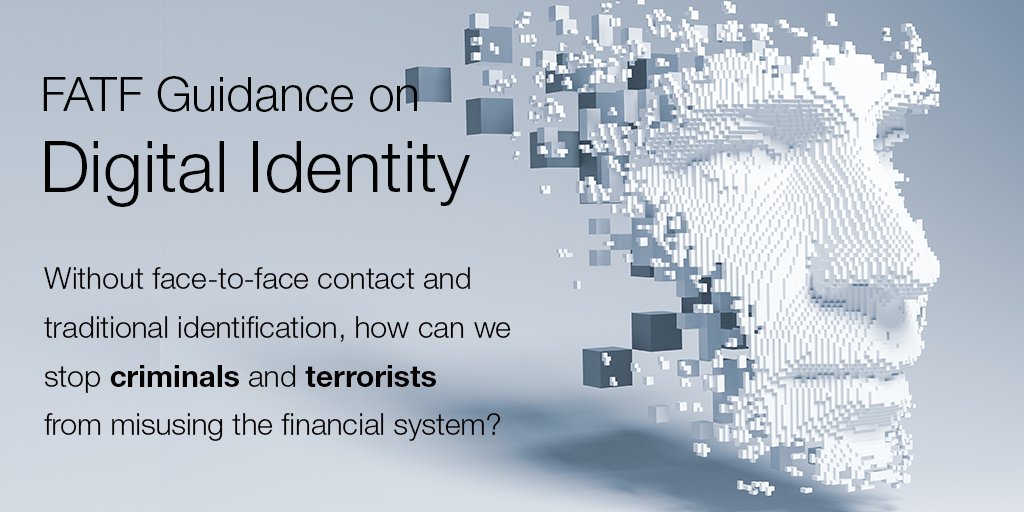
by John McCarthy Consulting Ltd. | Jan 11, 2021 | Blog, News
When you are doing your Client Due Diligence on a new client/customer, did you ever wonder where you could obtain a list of sanctioned or high-risk territories/jurisdictions?
Well, a reliable source is near at hand. The Financial Action Task Force (FATF) identifies jurisdictions with weak measures to combat money laundering and counter terrorist financing (AML/CFT) in two FATF public documents. These two reports identify:
These reports are issued three times a year in February, June, and October.
The FATF’s process to publicly list countries with weak AML/CFT regimes has proven to be effective. For example, as of October 2018, the FATF had by then reviewed over 80 countries and publicly identified 68 of them. Of these 68, over 80% have since made the necessary reforms to address their AML/CFT weaknesses and have been removed from the process.
The first public document, the FATF’s Public Statement, identifies countries or jurisdictions with such serious strategic deficiencies that the FATF calls on its members and non-members to apply counter-measures. These include enhanced due diligence measures proportionate to the risks arising from the deficiencies associated with the country.
The statement “Improving Global AML/CFT Compliance: On-going process” identifies countries or jurisdictions with strategic weaknesses in their AML/CFT measures, but that have provided a high-level commitment to an action plan developed with the FATF. The FATF encourages its members to consider the strategic deficiencies identified for these jurisdictions.
If any country fails to make sufficient or timely progress, the FATF can decide to increase its pressure on the country to make meaningful progress by moving it to the Public Statement.
For more information about the FATF’s process to identify high-risk and non-cooperative jurisdictions and monitor their progress, click here.
Watch out for our 2021 update to the AML Policies & Procedures Manual coming soon.
For a complete list of our time-saving engagement letter templates for FRS 102 audit, FRS 102 audit-exempt, VAT, visit our store here. All our engagement and representation letter templates are up to date for Brexit and Covid 19.

by John McCarthy Consulting Ltd. | Mar 10, 2020 | Blog, News
According to the Financial Action Task Force (FATF), digital payments are growing at an estimated 12.7% annually and are forecast to reach 726 billion transactions annually by 2020. Within the next two years, an estimated 60% of world GDP will be digitalised.
As we mentioned in last week’s blog, the FATF recently issued a guidance paper on digital identity. It focuses on the identification of individuals (natural persons) and does not cover the identification of legal persons.
For the FATF, the growth in digital financial transactions requires a better understanding of how individuals are being identified and verified in the world of digital financial services. Digital identity (ID) technologies are evolving rapidly, giving rise to a variety of digital ID systems.
Proof of official identity generally depends on some form of government-provided or issued registration, documentation or certification. Examples include a birth certificate, identity card or digital ID credential) that constitutes evidence of core identifiers or attributes (e.g., name, date and place of birth) for establishing and verifying official identity. The guidance is trying to develop methodologies of making these methods more foolproof and secure on a worldwide basis.
In order to keep our publications as up to date as possible we have just published an update to our popular AML Policies Controls & Procedures Manual, which is now available to purchase for €150+VAT on our website at this link.
The Manual contains everything you need to successfully implement the requirements of the Criminal Justice (Money Laundering and Terrorist Financing) Acts, 2010 to 2018 and the Register of Beneficial Ownership.
Comes with a, free of charge, Excel spreadsheet called the ‘AML Control Sheet’ which firms may use to give a ‘helicopter’ view of progress made with keeping client AML data up to date.

by John McCarthy Consulting Ltd. | Feb 27, 2020 | Blog, News
We have just published an update to the AML Policies Controls & Procedures Manual last week, which is available to purchase now on our website. Our latest February 2020 edition includes the following updated items:
- Pronouncement by the FATF arising from their Public Consultation on FATF Draft Guidance on Digital Identity (discussed at the FATF plenary meeting in Paris from 19-21 February 2020)
- The latest developments on the RBO register since June 2019
- Further guidance on carrying out electronic searches and the validity of sourcing electronic data for client identity purposes.
This Manual contains everything you need to successfully implement the requirements of the Criminal Justice (Money Laundering and Terrorist Financing) Acts, 2010 to 2018 which became law on 26 November 2018 and the Register of Beneficial Ownership which came into effect on 22 June 2019.
This Manual comes with a, free of charge, Excel spreadsheet called the ‘AML Control Sheet’ which firms may use to give a ‘helicopter’ view of progress made with keeping client AML data up to date.
The Manual includes eleven Appendices with templates/guidance on how to implement the legislation efficiently. It retails for only €150+VAT and may be downloaded, ready to use, in Word format.

by John McCarthy Consulting Ltd. | Nov 1, 2016 | News
‘The specialist nature of the knowledge and services provided by the accountancy service providers makes them vulnerable to being sought out and exploited by those who seek to launder the proceeds of crime or evade tax. It is recognised in international risk-based guidance that accountancy service providers may be sought to assist in the structure and design of transactions intended to conceal the nature and origin of funds.’
So says the first ever National Risk Assessment published jointly in October 2016 by the Department of Justice and Equality (DoJE) and the Department of Finance. The assessment covers the main risk areas of the many sectors in Ireland that are subject to the provisions of the Criminal Justice (Money Laundering and Terrorist Financing) Act, 2010.
The report identifies the fact that very few (80 out of a total of 21,682 AML reports) suspicious transaction reports (known as STRs) were made by the accountancy profession, according to a separate report called the 2015 Annual Report on Money Laundering and Terrorist Financing from the DoJE, given the size of the sector. As a result, (among other risk factors) the sector is assessed as Medium-High risk.
Among the accountancy services identified, by the National Risk Assessment report as vulnerable to the risk of money laundering and terrorist financing are:
- Company and trust formations;
- Insolvency services;
- Providing financial advice;
- Providing tax advice;
- Handling client money;
- Managing client assets and financial accounts;
- Investment business services;
- Auditing financial statements; and
- Company secretarial services.
This first ever National Risk Assessment has been produced ahead of the international inspection of Ireland being carried out by the FATF in December 2016 called the Mutual Evaluation Review. This review can have significant international positive or negative reputational impact potential for Ireland as a financial centre, in a post-Brexit world.
To hear more about how to be on the alert for suspicions of money laundering and terrorist financing under the Criminal Justice (Money Laundering and Terrorist Financing) Act, 2010, come to our next AML course on Monday 28 November 2016.









